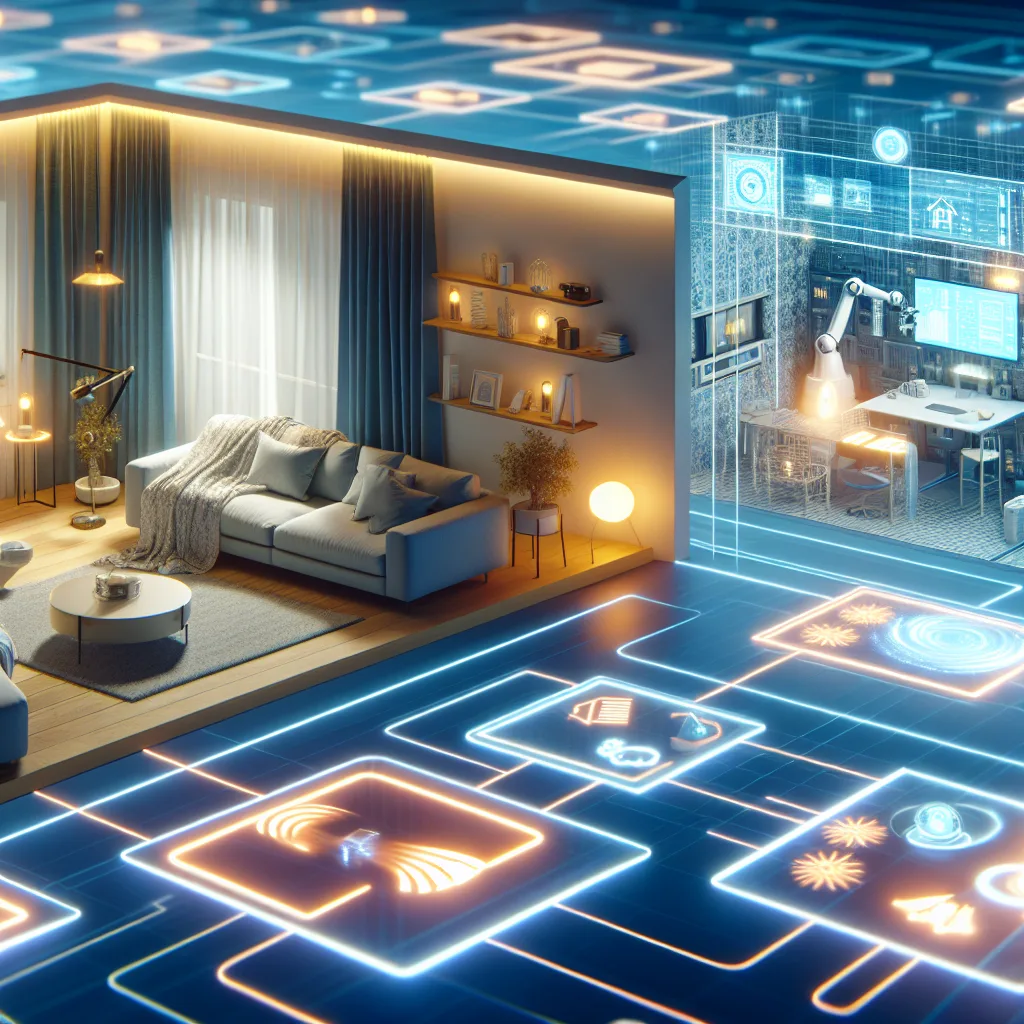How MCP-powered edge AI makes devices more than just smart—making them active helpers in your home and industry
If you’ve ever wondered about what makes smart homes and factories truly smart, the phrase “MCP edge AI” is something worth knowing. This isn’t just about AI making predictions or reacting to commands anymore. Imagine your local edge devices — like your thermostat, lights, or factory cooling systems — running AI that doesn’t just wait for instructions but actively manages itself and responds based on context.
MCP, which stands for Model-Controller-Processor, combined with edge AI, pushes the idea of AI on the edge into a whole new dimension. Instead of AI models just analyzing data and sending back information, MCP edge AI empowers these systems to act as local servers managing devices directly. This means your smart home’s climate control or your factory’s cooling setup can be orchestrated by AI that understands the environment in real time.
What Does MCP Edge AI Bring to Your Smart Home?
When AI becomes an active orchestrator rather than a passive predictor, things get interesting. With MCP edge AI, your local devices don’t depend fully on cloud servers anymore. For example, your home assistant can integrate with these edge nodes to control lighting, temperature, and even security more smoothly and quickly.
By using schema-defined tools, Large Language Models (LLMs) become the brains that control these devices locally. This makes automation smarter and more responsive to your specific needs. Picture your home adjusting to your preferences seamlessly, without noticeable delay or interruptions caused by internet issues.
How MCP Edge AI Is Changing Industry 4.0
It’s not just homes that benefit. Factories are starting to use this approach too. Traditional edge AI setups usually react to data, but MCP edge AI lets them become autonomous, context-aware systems that handle flexible process automation. This makes industrial operations more efficient and adaptable to changing conditions.
Imagine a factory where cooling systems adjust automatically based on real-time production needs or environmental factors, all handled locally without waiting for instructions from a central server. This not only speeds up response times but also improves energy efficiency and reduces downtime.
Integrating MCP Edge AI with Popular Platforms
One practical step you might find interesting is how MCP edge AI can work with platforms like Home Assistant. This integration helps consumers bring complex workflows into everyday use with familiar tools. It allows smart homes to use advanced LLM-driven orchestration without needing a deep technical background.
If you’re curious about diving deeper, checking out resources like the Home Assistant official website or exploring concepts behind edge computing could be really helpful.
Looking Ahead: Is MCP the Future of Edge AI?
With MCP-powered edge AI, smart devices gain a new level of autonomy and understanding. They’re not just reacting; they’re deciding and orchestrating — making sure that everything from your home environment to industrial processes run smoother and smarter.
This approach is still evolving, but it certainly opens up a promising path for edge AI deployment. By shifting the role of AI on the edge from reactive to proactive, MCP could influence how we design and use smart systems in the near future.
If you want to see how this works or experiment with it yourself, you might want to explore open-source projects or platforms that support local AI orchestration. The idea that your edge devices can be little AI hubs is pretty exciting once you get to know how it works.
In a nutshell, MCP edge AI blends cutting-edge AI model capabilities with the practical need for on-site device control. It’s about smarter homes and more adaptive factories, locally managed by AI that understands its context — all without delay. That’s worth a closer look if smart living or smart manufacturing interest you!
